Client: Chillex Installation
Work Done: Industrial Vents Installed
contact us today or call direct 1300-564-612
Pan Civil | Chillex | Hanlon | South Pacific Laundry | Show Tech | Royal Sydney Gold Club | Warehouse Re-Roofing | Strathfield Golf Club

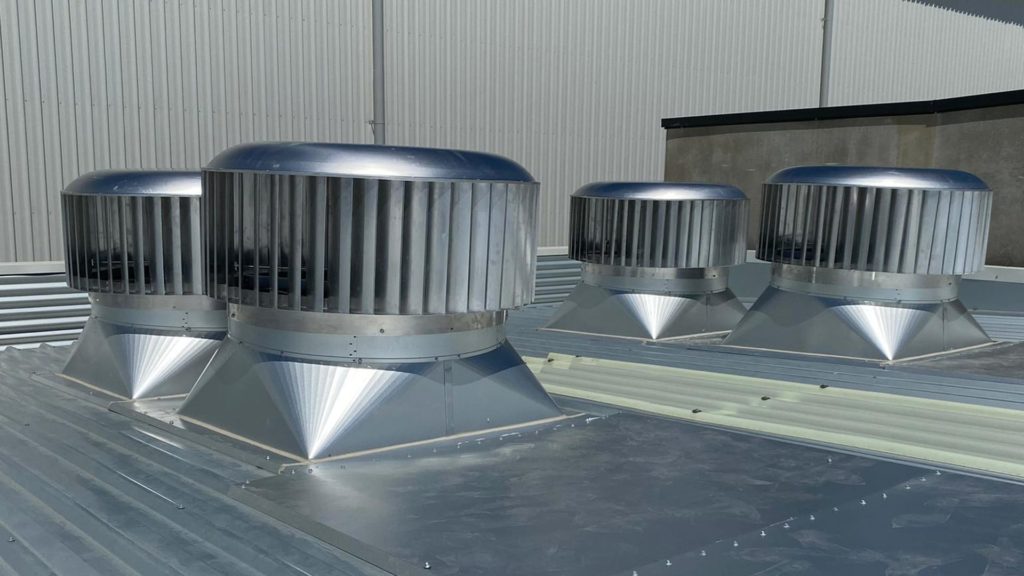
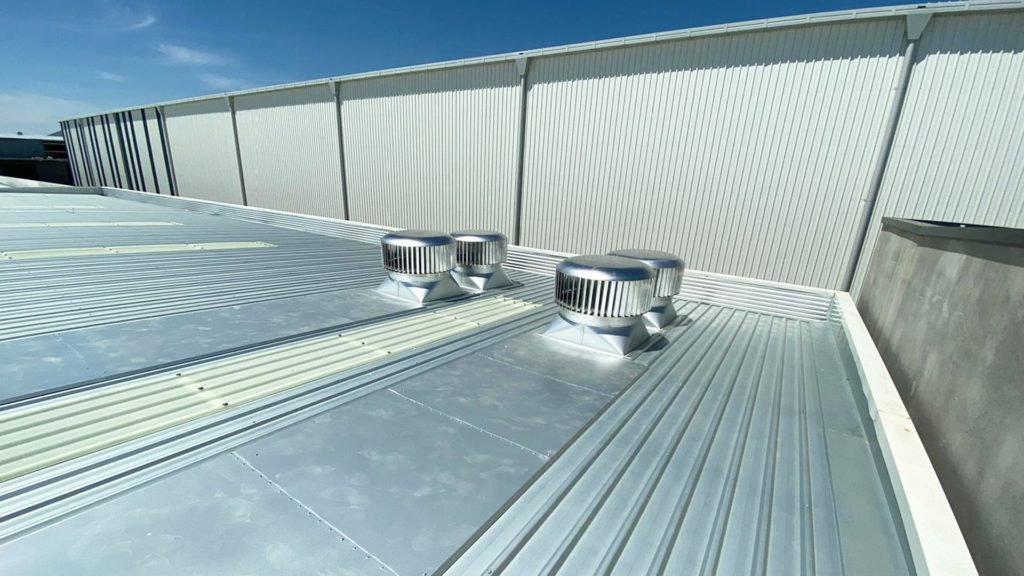
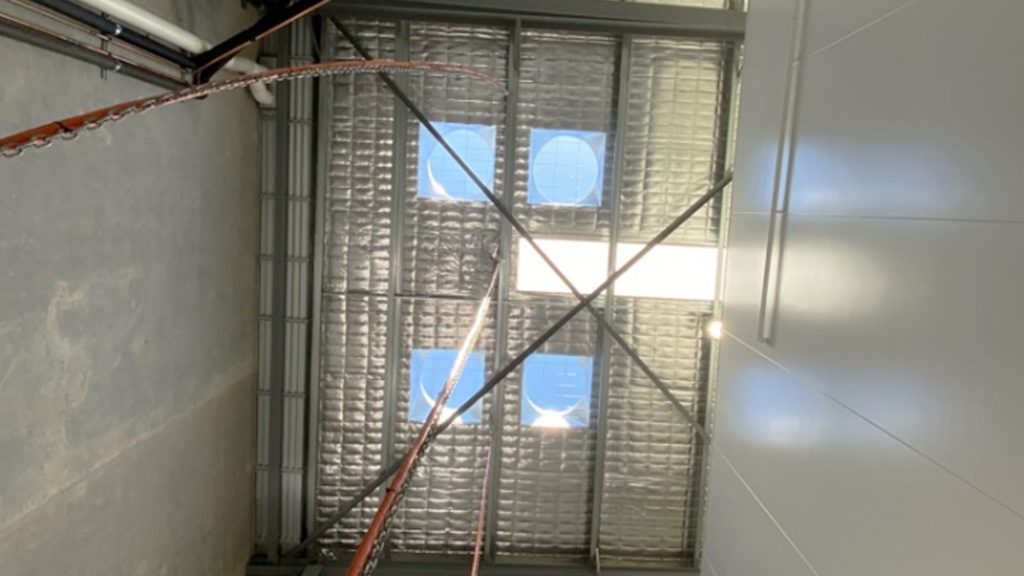
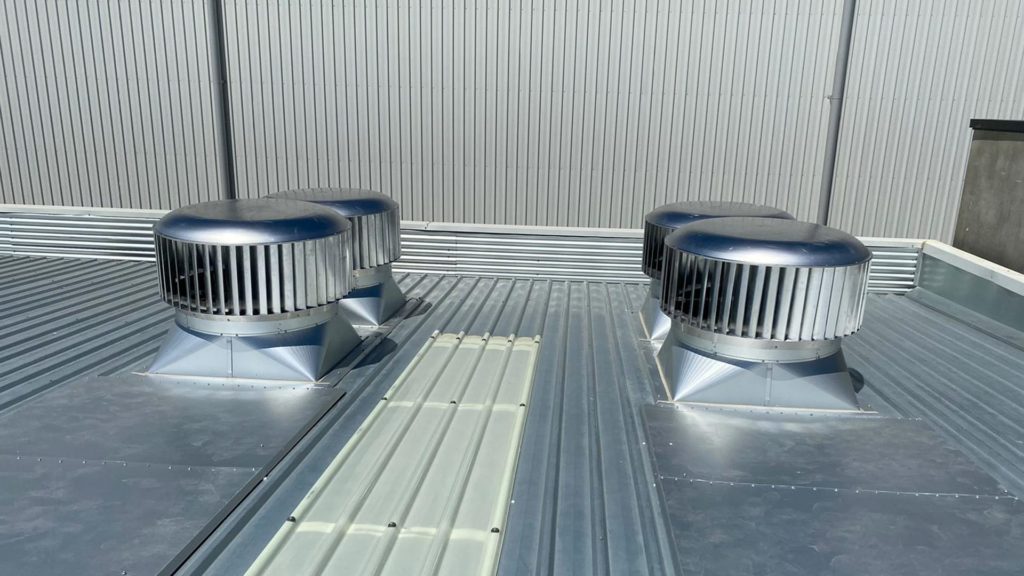
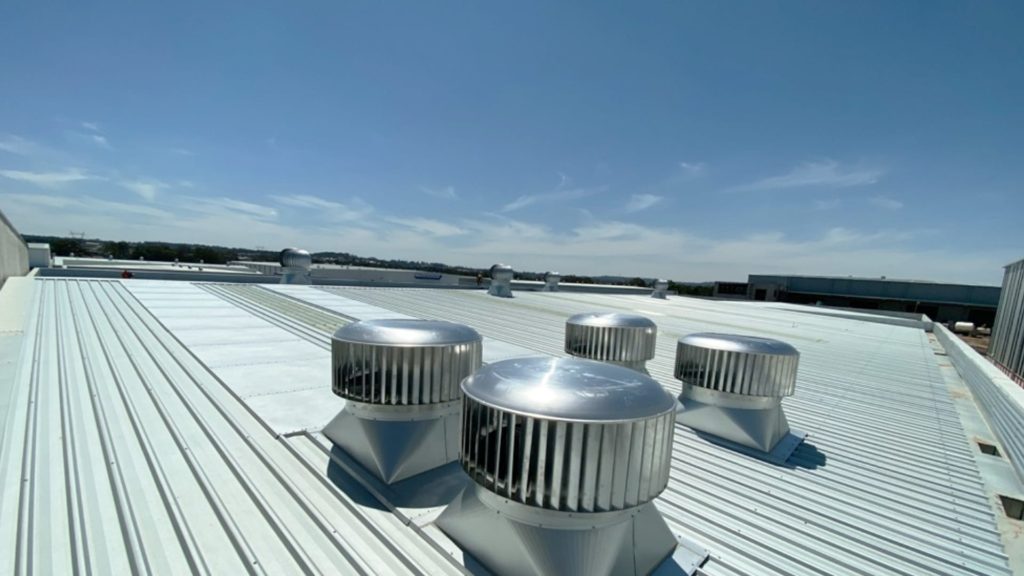
contact us today or call direct 1300-564-612
Pan Civil | Chillex | Hanlon | South Pacific Laundry | Show Tech | Royal Sydney Gold Club | Warehouse Re-Roofing | Strathfield Golf Club
Enhancing Industrial and Commercial Roof Ventilation in Australia: A Strategic Approach
Ensuring optimal ventilation in industrial and commercial settings across Australia is essential for maintaining productivity, preserving building integrity, and promoting occupant comfort. Roof vents play a pivotal role in facilitating effective airflow management, addressing temperature fluctuations, and mitigating moisture buildup. In this comprehensive guide, we will explore key considerations specific to industrial and commercial roof ventilation in Australia, addressing common questions, best practices, and cost-effective solutions.
Understanding Australian Roof Ventilation Needs
Australia’s diverse climate, characterized by hot summers, humid conditions, and occasional extreme weather events, presents unique challenges for roof ventilation. Effective ventilation is crucial for reducing heat buildup, preventing moisture-related issues such as mold and rot, and enhancing indoor air quality. Additionally, compliance with Australian building codes and standards, including AS 1668.2 for mechanical ventilation and AS 3959 for bushfire-prone areas, is imperative when designing and installing roof ventilation systems.
Tailoring Ventilation Solutions to Local Conditions
In Australia, the choice of roof vents and ventilation methods should be informed by factors such as geographic location, building design, and industry-specific requirements. For industrial facilities, where heat-generating equipment and processes are common, specialized ventilation solutions may be necessary to maintain optimal working conditions and equipment performance. Similarly, commercial spaces such as offices, retail outlets, and hospitality venues benefit from well-designed ventilation systems that prioritize occupant comfort and energy efficiency.
Cost Considerations and Installation Practices
The cost of installing roof vents in industrial and commercial settings can vary significantly depending on factors such as the type of vent, building size, accessibility, and labor rates. In Australia, average installation costs range from $300 to $800 per vent, with additional expenses for specialized vents or complex installations. It’s essential to work with reputable roofing contractors or ventilation specialists who understand local regulations and industry standards to ensure cost-effective solutions that meet ventilation requirements.
Evaluating Ventilation Options: Whirlybirds and Beyond
Whirlybirds, or turbine vents, remain popular choices for roof ventilation in Australia due to their simplicity, durability, and ability to harness natural wind energy. The cost of installing a whirlybird typically ranges from $200 to $400 per unit, making them an affordable option for many industrial and commercial applications. However, alternative ventilation solutions such as ridge vents, powered vents, and hybrid systems offer unique benefits and may be more suitable for specific environments or ventilation goals.
Maximizing Ventilation Efficiency and Performance
To optimize the effectiveness of roof ventilation systems in Australian industrial and commercial buildings, several best practices should be followed. These include proper sizing and placement of vents to ensure adequate airflow, regular maintenance to prevent blockages and ensure optimal performance, and integration with other building systems such as insulation and HVAC for comprehensive climate control. Additionally, considering factors such as bushfire risk, humidity levels, and noise attenuation can further enhance ventilation system resilience and longevity.
Harnessing Innovation for Sustainable Ventilation Solutions
As sustainability becomes increasingly important in the design and operation of industrial and commercial buildings in Australia, innovative ventilation technologies offer opportunities to improve energy efficiency and reduce environmental impact. This includes the integration of smart ventilation controls, energy-recovery systems, and passive ventilation strategies that leverage natural ventilation principles. By embracing these innovations, businesses can achieve long-term cost savings, regulatory compliance, and enhanced environmental stewardship.
Conclusion: Advancing Industrial and Commercial Roof Ventilation in Australia
Effective roof ventilation is a critical component of building design and maintenance, particularly in Australia’s diverse climate and regulatory landscape. By prioritizing proper ventilation design, installation, and maintenance practices, industrial and commercial stakeholders can create healthier, more sustainable environments that support productivity, comfort, and long-term building performance. Consulting with experienced roofing contractors, ventilation specialists, and building professionals is essential for identifying tailored ventilation solutions that address specific needs and regulatory requirements. Together, we can advance the state of industrial and commercial roof ventilation in Australia, ensuring optimal indoor environments for generations to come.
